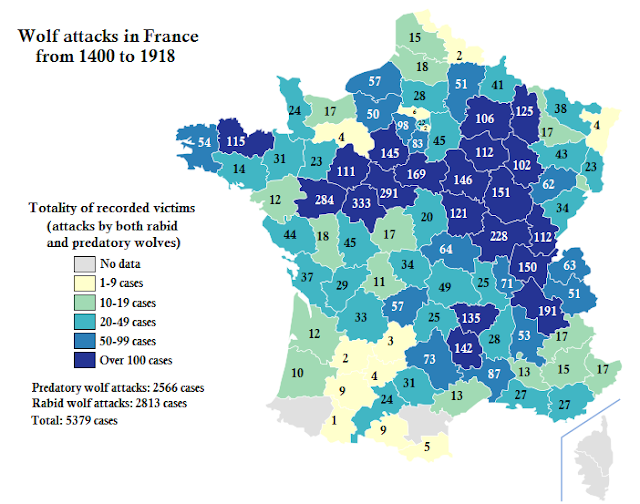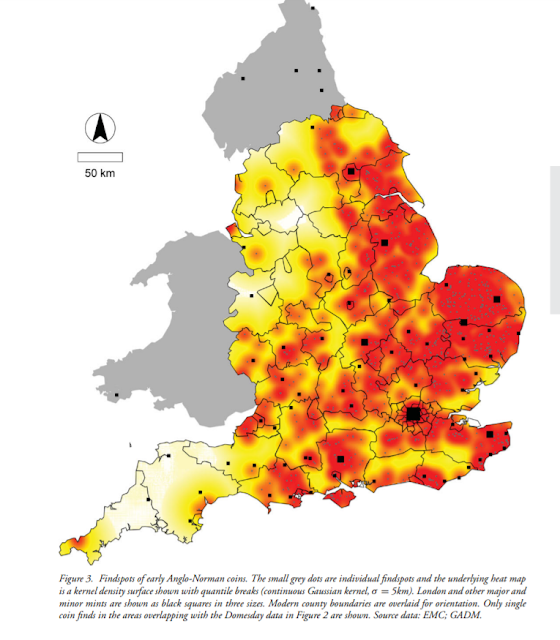Was Robin Hood a woman ?
History is largely written by men, about the lives of men. There have been a number of women who dressed as men and were robbers, bandits, soldiers and adventurers.
Could it be that historians in their quest to identify the historical man who was the Real Robin Hood are looking at the wrong half of the population.
Jean of Arc put on armour, and Robin Hood donned Lincoln Green.
In the 2012 Bestselling Book Robin Lady of Legend - Robin Hood is retold with the main protagonist as a Woman.
In Nostell Priory set in the Forest of Barnsdale lies a Parish Church built on the site of an earlier church. In the stained glass of the main Chancel window is the figure of Mary Magdalene, the important Saint revered by Robin Hood.
The Window which mostly dates from 1533 shows Mary Magdalene with a face which bears resemblance to many faces in early Woodcuts of Robin Hood.
Set in the Church is a thousand year old carving of St Michael and Our Lady which stood at the crossroads in the forest telling travellers that sanctuary lay nearby in Nostell Priory.





















